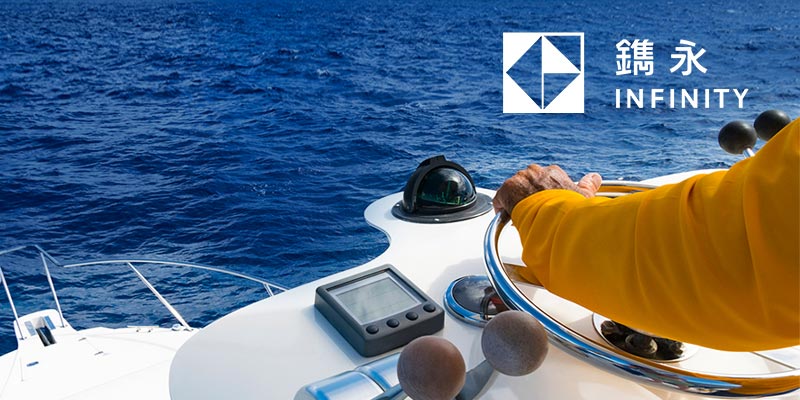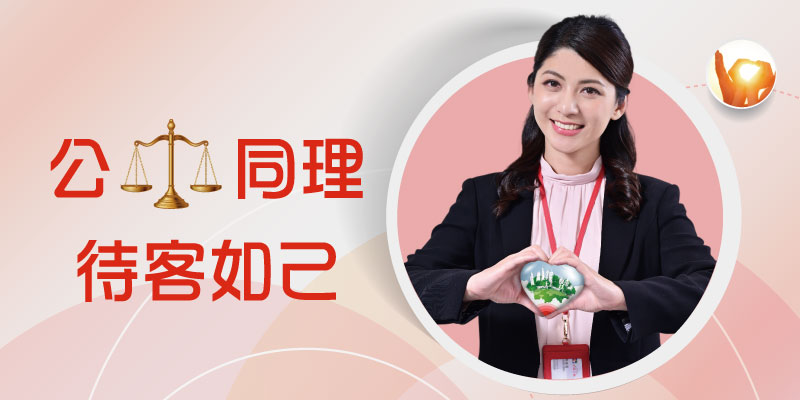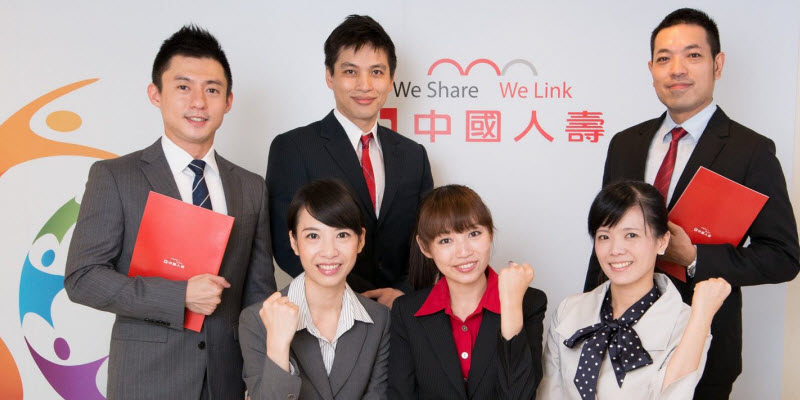您現在欲前往的網站並非凱基人壽保險股份有限公司(本公司)所有,而是各由其所屬之第三人所有、操縱及控制。
本網頁上之網路指示連結功能僅為提供您的便利而設,無論於任何情形下,不能解釋成為對任何第三人網站的保證、背書、推薦或相類的聲明。同時本公司及本網頁對第三人所有之網站亦無任何操縱或控制的權限。
本網頁及本公司特於此明確告知對於任何第三人所有網站之內容、品質、效力、正確性、完整性、即時性及適法性不負任何明示或默示的擔保責任,亦無調查、監視第三人所有的網站上的內容之品質、效力、正確性、完整性、即時性、適法性的義務。
You are now leaving our web site. The web site you wish to link to is owned or operated by an entity other than China Life Insurance Company, Ltd.. We do not control this third party web site.
We are providing this link for your convenience only and we are not responsible for the availability of or the content located on or through this third party web site, the accuracy, completeness, timeliness, or legality of any information contained in this third party web site, and any opinions expressed therein, nor for any link contained in this third party web site.
This third party web site is not investigated, monitored, or checked for accuracy, completeness, timeliness, or legality, by China Life Insurance Company, Ltd..
The link from our web site to this third party web site does not imply that we approve of, endorse, or recommend this third party web site. We expressly disclaim all warranties, express or implied, as to the accuracy, legality, reliability, timeliness, quality, or validity of any content on this third party web site.
















